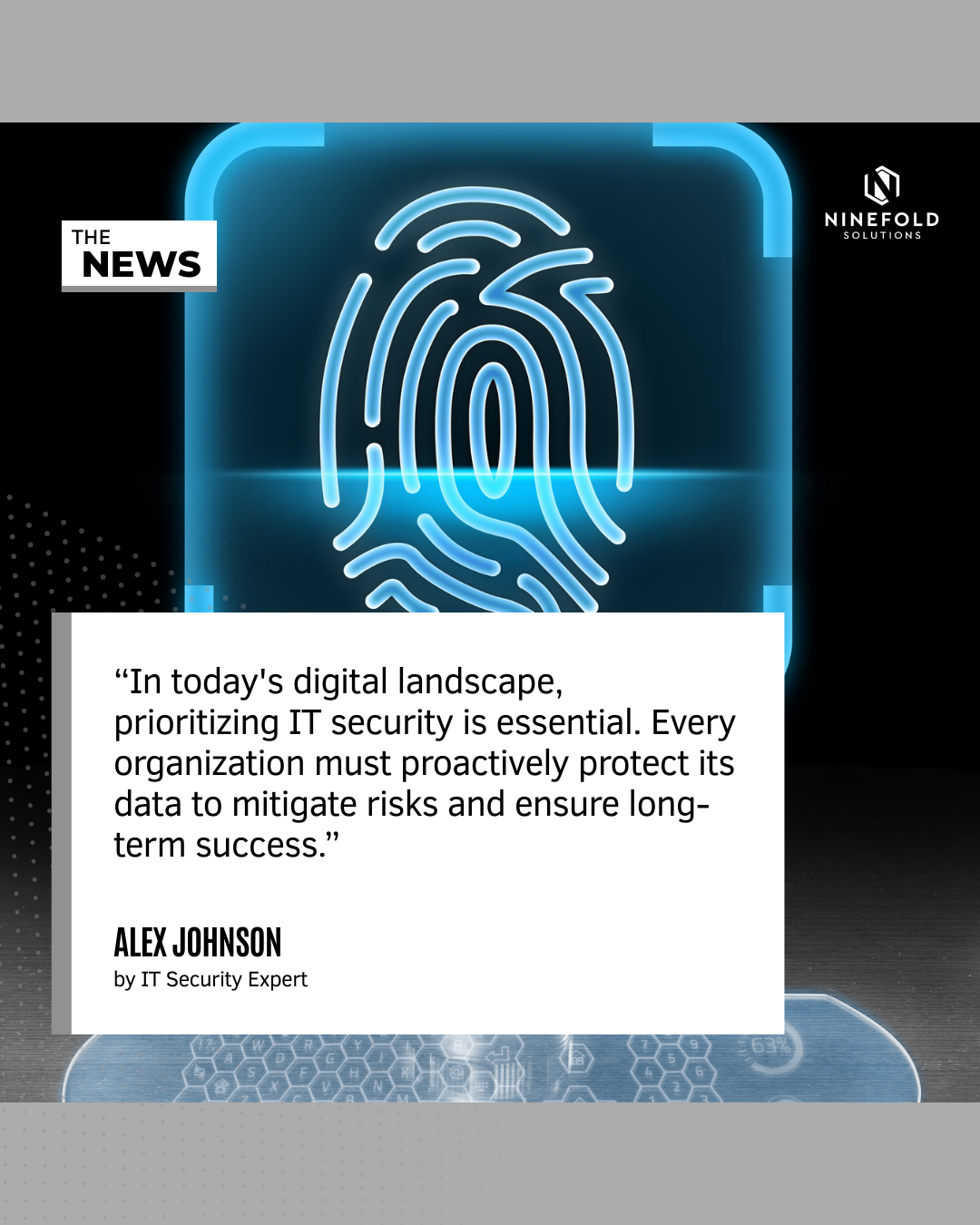Did you know that cybercrime is predicted to cost the world $10.5 trillion annually by 2025? As businesses increasingly rely on digital solutions for their operations, ensuring that their data is secure has never been more critical. In a world where threats are evolving daily, it’s paramount to stay informed about the latest security trends in IT. In this detailed guide, we will explore the current trends shaping the IT security landscape, including advanced technologies, new regulations, and best practices for safeguarding your business.
Understanding the Importance of IT Security
As organizations embrace digital transformation, IT security has become a strategic priority. A robust security framework is essential not only for protecting sensitive data but also for maintaining trust with clients and customers. With the rise of remote work, mobility, and cloud computing, attackers are constantly probing for weaknesses in security systems. Hence, understanding and adapting to the landscape of IT security is crucial for survival in this digital era.
Current Security Trends in IT
- Zero Trust Architecture
The Zero Trust model is a security paradigm that operates on the principle of “never trust, always verify.” In this approach, all network traffic, whether inside or outside the organization’s network, is treated as a potential threat. Users and devices must continuously authenticate and authorize access, ensuring that only the right people have access to sensitive data. - Managed Security Services
More organizations are turning to managed security service providers (MSSPs) to enhance their cybersecurity posture. MSSPs bring expertise, advanced technologies, and 24/7 monitoring services that help businesses detect and respond to threats promptly. Outsourcing security allows companies to focus on their core operations while experts manage their security needs. - AI and Machine Learning for Threat Detection
Artificial Intelligence (AI) and machine learning are revolutionizing threat detection and response strategies. These technologies can analyze vast amounts of data to identify patterns indicating a potential security incident. By automating detection and response processes, organizations can significantly reduce their response times and enhance overall security. - Rise of Ransomware Attacks
Ransomware continues to be a severe threat to businesses worldwide. Attackers are employing sophisticated techniques to encrypt organizational data and demand exorbitant ransoms. Organizations must implement robust incident response plans and employ preventive measures, such as regular data backups, to mitigate the risks associated with ransomware. - Continuous Compliance Monitoring
With the introduction of stricter regulations around data privacy and cybersecurity, continuous compliance is becoming a necessity. Organizations must regularly assess their compliance with regulations such as GDPR and CCPA. Automating compliance monitoring helps ensure that organizations remain compliant and avoid hefty fines. - Increase in Insider Threats
Insider threats, both intentional and unintentional, are on the rise. Employees can pose significant risks, either by leaking sensitive data or inadvertently allowing unauthorized access. Implementing employee training programs and increasing awareness around data security is essential in combating insider threats. - Remote Work Security
As remote work continues to be the norm, organizations must focus on securing remote endpoints. This includes ensuring employees use secure connections and always accessing corporate data through virtual private networks (VPNs). Strong device management policies and endpoint protection solutions are vital to secure remote assets. - Cloud Security Measures
With the growing adoption of cloud computing, organizations must prioritize cloud security. Implementing strong access controls, encryption, and continuous monitoring of cloud resources will help reduce vulnerabilities. Multi-cloud strategies are also becoming popular, distributing workloads across different cloud platforms to avoid vendor lock-in and diversify risks. - Cybersecurity Awareness Training
Educating employees about cybersecurity best practices is essential for creating a security-first culture. Regular training sessions on phishing scams, password management, and safe internet usage can help mitigate risks significantly. Knowledge is a powerful tool in preventing breaches caused by human error. - Integration of Security into DevOps
DevSecOps is an emerging trend where security is integrated into the software development lifecycle. By considering security from the outset, organizations can build applications that are secure by design, rather than bolting on security measures after the fact.
Implementing Effective IT Security Strategies
To effectively address the current IT security trends, organizations should consider the following strategies:
- Conduct Regular Security Assessments: Analyze your organization’s security posture regularly to identify vulnerabilities and implement corrective measures.
- Stay Updated on Security Trends: Continuous learning is necessary in the dynamic realm of IT security. Keeping abreast of emerging threats and mitigation techniques is crucial.
- Establish a Security Incident Response Plan: Prepare for potential breaches by developing a comprehensive incident response plan. Ensure everyone knows their role during a security event.
- Leverage Technology: Invest in advanced security technologies, such as next-generation firewalls, endpoint detection and response solutions, and AI-driven threat detection tools.
- Create a Culture of Security: Encourage all employees to take an active role in maintaining security. They should feel responsible for protecting organizational and personal data.
The Future of IT Security
As technology continues to evolve, so will the tactics used by cybercriminals. This dynamic nature underscores the importance of adapting security strategies to incorporate the latest technologies and best practices. The future of IT security will likely see:
- Increased adoption of AI-driven tools that can make rapid decisions and manage threats autonomously.
- Greater collaboration across industries to share threat intelligence and defend against sophisticated attacks.
- Expansion of privacy regulations, stimulating innovations aimed at protecting sensitive data and respecting user privacy.
Conclusion: Moving Forward with Confidence
In the current digital landscape, IT security is not just an IT issue but a business imperative that all stakeholders must address collectively. Keeping abreast of the latest security trends will empower organizations to make informed decisions on protecting their assets. By implementing robust security measures, businesses can thrive even amidst evolving threats. Don’t wait for a breach to take action.
Contact Ninefold Solutions at 832-302-4863 to share your security needs and ensure that your IT environment remains secure against emerging threats.


